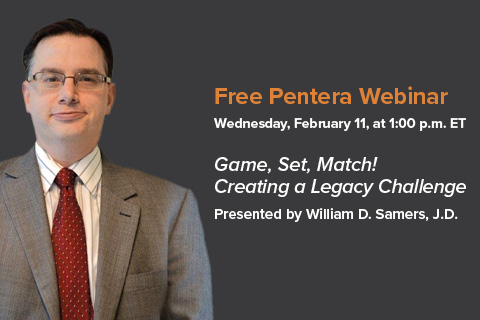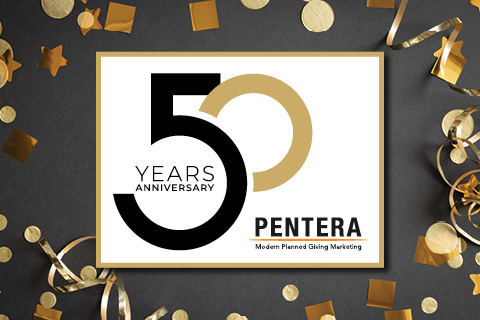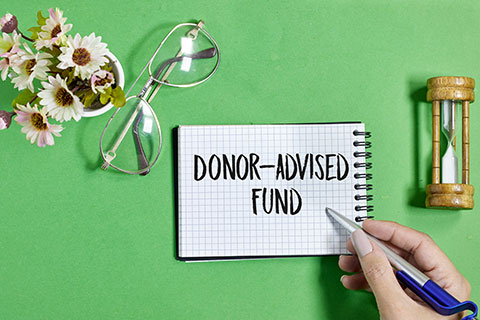
The Pentera Blog
New Survey Confirms Pentera Survey Findings That Nonprofits Kept Seeking Gifts During Early Stages of Pandemic
A new survey of colleges and universities confirms findings from a previous national survey of nonprofits by Pentera that the vast majority of charities did not stop soliciting gifts during the early stages of the coronavirus pandemic. The new survey also found that advancement leaders are more confident in reaching fundraising goals than gift officers and also that most fundraising professionals surveyed think the pandemic will permanently change how they do their jobs.
The new survey has been conducted three times this year (April, June, and September) with varying questions by the firm Washburn McGoldrick, a consulting firm for higher education. It is titled "Advancement Moving Forward: Perspectives on the challenges to philanthropy due to the COVID-19 Pandemic." The survey found that 87% of colleges and universities did not pause asking for annual solicitations in the early stages of the pandemic, with 84% continuing to solicit major gifts. Those numbers are very close to the 88% of charities that continued to seek planned gifts as found in the Pentera survey, which was conducted in March and April.
The Pentera survey results are analyzed in two whitepapers, one on stewardship and the other on marketing. Those and other COVID-19 resources for planned giving are available here.
The Washburn McGoldrick survey also asked questions about the 2021 fiscal year and found significant differences between answers from gift officers and answers from their supervisors (vice presidents and assistant vice presidents). A majority of the supervisors (59%) said in September that they were confident in reaching fundraising goals for fiscal year 2021, but only 39% of gift officers felt that way. However, that was a significant improvement for both groups from the April and June versions of the survey.
The survey asked for comments from the 92% of fundraisers surveyed who believe their jobs will be permanently changed after the COVID-19 crisis passes. Many comments were about continuing to use technology to conduct virtual programs and events—and how that has helped fundraisers to reach a wider audience than the small percentage that are typically able to attend in person.
The survey report, which includes several other findings, can be accessed here.


